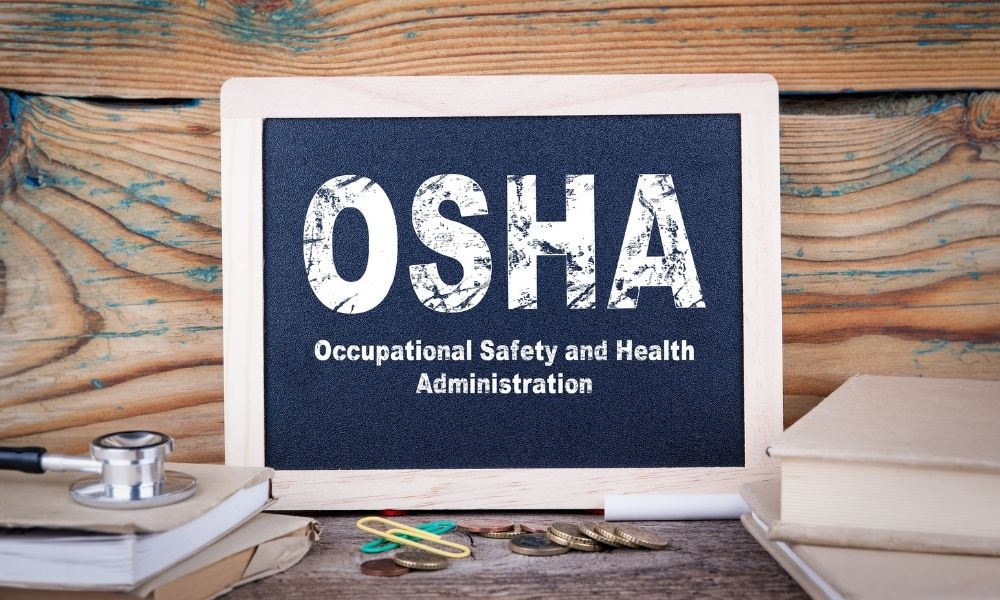
OSHA is a common enforcer of workplace safety around the nation, but it’s not just a singular organization with one strict set of guidelines. In addition to the authority of Federal OSHA, over 20 states have their own health and safety plans that employers must comply with, including California’s Cal/OSHA. Federal OSHA plans and state OSHA plans are often complementary in context but distinct in comparison.
State-led health and safety programs must meet the minimum federal requirements, be fully approved by OSHA, and be determined to be as effective as their federal counterpart. A majority of these state-run programs have stricter standards or requirements that apply to areas that Federal OSHA does not typically cover.
California’s health and safety program was introduced in 1973 as a state plan that covers a majority of employees in the private sector and government workers alike. Let’s take a closer look at a few of this program’s notorious policies to examine how Cal/OSHA differs from Federal OSHA.
California Injury & Illness Prevention Program
This state coverage program is unique to Cal/OSHA, with no federal counterpart. IIPP was officially adopted into Cal/OSHA in the 90s as a requirement for all state employers. This written health and safety program should be custom-made for each workplace. IIPP calls for accountability identification, responsible implementation and recordkeeping, effective communication systems, and full employee compliance with work-safety training and practices.
Aerosol Transmissible Diseases Program
Exclusive to America’s most populous state, the Aerosol Transmissible Diseases Program (ATD) was developed as a standard in the late 2000s. The ATD program was the nation’s first workplace standard devised for employees at an increased risk of contracting airborne and droplet transmitted diseases originating from humans and animals.
This program to protect healthcare employees and other workers is just one way that Cal/OSHA differs from Federal OSHA—comprehensively working to further protect employees from potential hazards. Under the Cal/OSHA program, employers must write effective safety plans, provide adequate safety and protection equipment, and thoroughly train their employees on proper safety measures.
Ergonomics Guidelines
In 1997, California became the first state to institute regulation standards that help prevent repetitive motion injuries. Not long after, Federal OSHA established an ergonomics standard to aid in the prevention of ergonomic hazards in the workplace. Specifically, under Cal/OSHA, a Repetitive Motion Injury (RMI) standard is still in place to minimize the occurrences of RMI in any job where it has previously occurred.
The above Cal/OSHA differences are only a couple of named distinctions that employers need to consider and understand. If your business or organization is located in California, compliance with Federal OSHA standards is not enough. You must comply with all state-level standards to protect your employees and prevent any damaging fines or penalties. Here at Gamma Compliance Solutions, we have the solution for your needs. Our Cal/OSHA manual is a compliance solution prepared to meet the requirements of safety regulatory standards in California. We’ve got you covered—order one of our compliance packages today.
